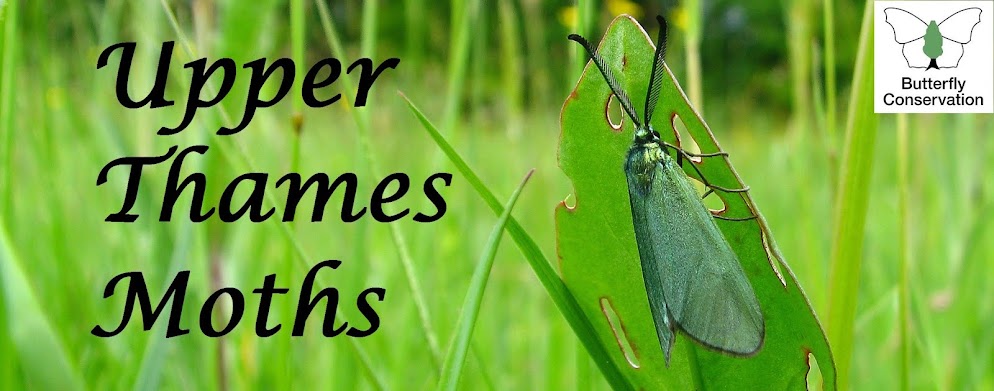In spite of my already-optimistic expectations, when I checked the two traps in my garden this morning I was delighted to find that I had 49 moths of ten species. The most frequent species was Common Quaker, with 25 moths. The Orthosia family was also represented by Hebrew Character (12) and Clouded Drab (1). Other macros comprised Twin-spotted Quaker (2)*, Oak Beauty (2)*, Early Grey (1)* and March Moth (1)**. There were three species of micromoth: Agonopterix subpropinquella (2)**, A. heracliana (1) and Emmelina monodactyla/Common Plume (1)*. A single asterisk denotes a first-for-the-year; a double asterisk signifies a new addition to the all-time garden list, but bear in mind that I'm still in my second year of trapping.
 |
| Oak Beauty, Newton Longville 10th March |
 |
| Newton Longville 10th March |
 |
| Common Quaker eggs, Newton Longville 10th March |
Tim Arnold
Newton Longville

No comments:
Post a Comment
Note: only a member of this blog may post a comment.